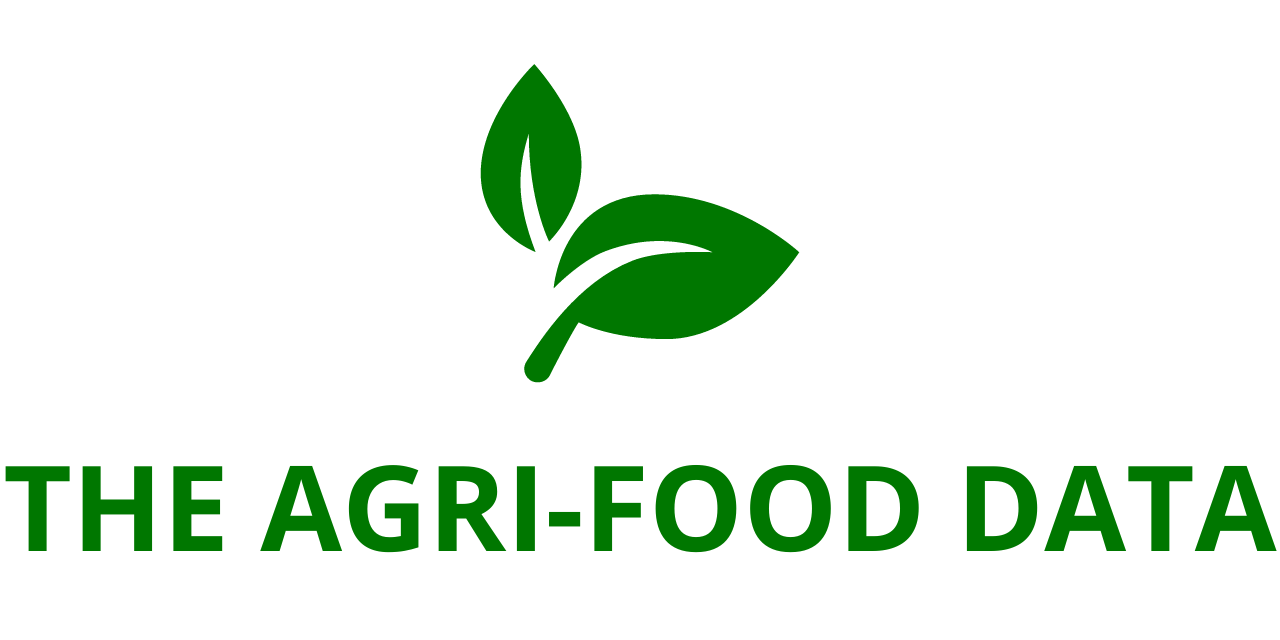
The latest market intelligence report, “Almond, Oat & Other Plant Milks in the U.S. through 2029: Market Essentials,” from Beverage Marketing Corporation has been officially added to ResearchAndMarkets.com’s offerings. This comprehensive study sheds light on the rapid evolution of the plant-based milk industry, which has grown from a niche alternative to a mainstream staple in millions of American households. The report provides detailed historical data, current performance metrics, and future forecasts, positioning it as an essential resource for stakeholders across the beverage, retail, and foodservice industries.
From Niche to Mainstream: The Rise of Plant-Based Milks
Once regarded primarily as alternatives for people with lactose intolerance or dietary restrictions, plant-based milks have now firmly established themselves as a category in their own right. Almond, oat, soy, coconut, rice, hemp, flax, cashew, and other plant-derived milks have collectively transformed consumer perceptions of dairy beverages. According to the report, these products have not only maintained steady growth but have also expanded into new demographics, driven by evolving consumer preferences for health, sustainability, and dietary diversity.
The study highlights that plant-based milk sales now extend across every major distribution channel, including grocery stores, mass-market retailers, convenience outlets, specialty stores, and foodservice establishments. By analyzing all sales channels together, Beverage Marketing provides a holistic view of this dynamic sector.
Comprehensive Data Coverage
The report offers an extensive dataset covering total market volume and breaking it down by several critical dimensions, including:
- Segment: Almond milk, oat milk, soy milk, coconut milk, rice milk, flax, hemp, and other alternatives.
- Flavor: Traditional plain, vanilla, chocolate, coffee-infused, and other specialty flavors.
- Distribution channel: Grocery, mass retail, specialty shops, convenience stores, and online sales.
- Packaging type: Plastic bottles, cartons, glass containers, and aseptic packaging.
In addition to these metrics, the report provides detailed information on the wholesale dollar value of the category, as well as advertising expenditure data for leading brands. Private-label markets, particularly for almond and soy milk, are also quantified—reflecting the importance of store brands in meeting consumer demand at competitive price points.
Brand and Competitor Analysis
A major feature of the report is its competitive landscape review, which profiles the leading companies and brands driving growth in the U.S. market. Among those highlighted are:
- Blue Diamond Almond Breeze
- Silk (Almond, Soy, Oat, Coconut, Cashew)
- Califia Farms
- Oatly
- Planet Oat
- Chobani Oatmilk
- So Delicious
- Dream
- Ripple
- 8th Continent
- Good Karma Flaxmilk
- Simply Almond
- WestSoy
- Hiland Almond and Hiland Soy
- Sunrich
The study provides brand-specific volume data, market share, and growth rates. It also captures insights into how these brands are differentiating themselves through innovation in flavors, formulations, packaging, and sustainability initiatives.
Key Questions Answered
To help industry professionals and investors make informed decisions, the report addresses several pressing questions about the sector, including:
- How much plant milk was consumed in the U.S. in 2024, and how has consumption evolved in recent years?
- Which segment—almond, oat, soy, or others—held the largest share in 2024, and which is projected to lead by 2029?
- Which flavors are growing fastest, and how do single-serve options compare to multi-serve formats?
- How are leading brands performing relative to emerging competitors and private-label products?
- What are the prospects for on-premise vs. off-premise sales channels through 2029?

Future Outlook: Growth Drivers Through 2029
Beverage Marketing’s exclusive five-year projections point to continued expansion of the dairy alternatives market, fueled by several long-term trends:
- Health and Wellness – Growing awareness of lactose intolerance, dairy sensitivities, and consumer interest in lower-calorie, nutrient-fortified beverages is boosting demand for plant milks.
- Sustainability – Concerns over the environmental impact of dairy farming, including greenhouse gas emissions and water usage, are pushing more consumers toward plant-based options.
- Innovation in Flavors and Formats – From barista-quality oat milks to protein-enriched blends, the category continues to innovate to meet evolving consumer expectations.
- Retail Expansion – Increased availability across both traditional grocery and e-commerce platforms ensures greater accessibility for consumers nationwide.
- Advertising and Branding – Major players are heavily investing in marketing campaigns to educate consumers and reinforce brand loyalty, fueling further growth.
The report also notes that packaging innovations—particularly the balance between convenience-driven single-serve options and value-oriented multi-serve formats—will play a critical role in shaping market performance.
Audience for the Report
This research is positioned as an indispensable tool for a wide range of stakeholders:
- Marketers and Manufacturers of soy, almond, oat, coconut, hemp, rice, cashew, and other plant-based milks seeking competitive insights.
- Traditional Dairy Producers who need to track consumer migration toward dairy alternatives.
- Retailers and Distributors interested in category growth opportunities across stores and e-commerce.
- Investors and Analysts monitoring trends in health-driven and functional beverage sectors.
- Advertising Executives tasked with crafting effective campaigns in a competitive environment.
- Ingredient Suppliers involved in plant-based formulations and functional beverage innovations.
Backed by Beverage Marketing’s all-inclusive data approach, the report equips stakeholders with reliable insights into both the opportunities and challenges in this fast-growing market.
Advertising, Flavors, and Packaging
Another valuable aspect of the study is its detailed breakdown of advertising expenditures by key brands, including Silk, So Delicious, and 8th Continent. By analyzing where major players are allocating their marketing budgets, the report reveals which segments are being prioritized for growth.
Flavors remain a significant driver of consumer choice. Vanilla, chocolate, plain, and coffee-flavored plant milks continue to dominate, but the market is also seeing experimentation with seasonal and limited-edition varieties. Projections through 2029 suggest that coffee-infused and functional formulations—such as those fortified with protein or vitamins—will see accelerated growth.
Packaging is also analyzed extensively. The report highlights trends across plastic, glass, cartons, and aseptic containers, noting how consumer demand for convenience, sustainability, and shelf-life extension is influencing packaging decisions.
A Growing Market with Long-Term Potential
The “Almond, Oat & Other Plant Milks in the U.S. through 2029” report underscores that the plant-based milk market is no longer a secondary alternative to dairy—it is now a core category in the beverage industry. With strong growth forecasts, dynamic competition among major brands, and continued consumer interest in health, sustainability, and innovation, the category is poised for expansion over the next five years.
For anyone seeking to understand or participate in the evolving U.S. beverage landscape, this report provides the data-driven insights needed to navigate the opportunities and challenges ahead.





